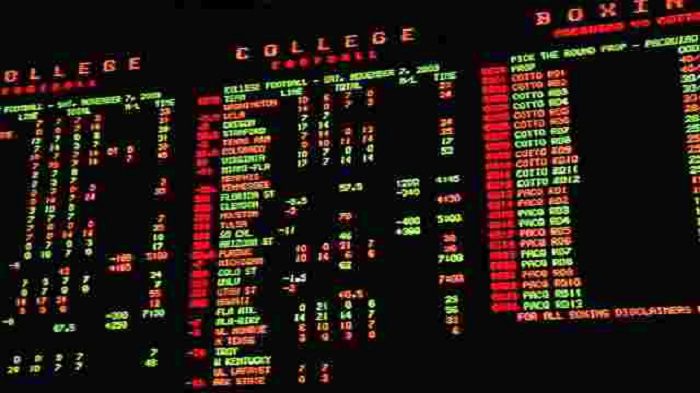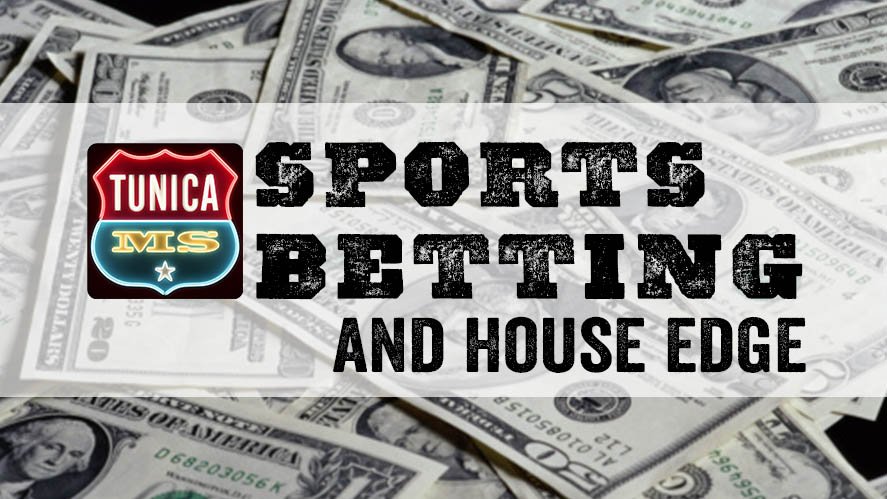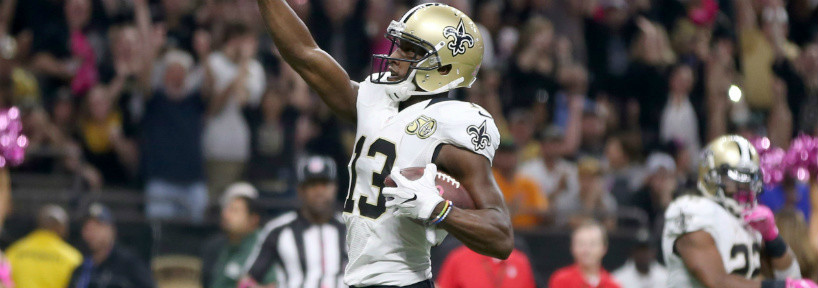Sports Gambling Vig
- The vig charged by sportsbooks eats into potential profits, but bettors can help mitigate the damage by seeking out the best prices. Moneyline and the vig. Odds on the moneyline can be all over the map, so the vig can be tougher to discern. However, you can rest assured that it’s built into the equation.
- Share Betting Tips & Trends with your Friends to Beat the Sportsbooks & Earn Money Right from your Phone. Find & Compare the Best Odds & Lines from Legal Sportsbooks in your State to get the Lowest Pricing for All your Bets in One Convenient Location. Track Bets with your Friends while Lowering your Risk with Easy to Use Betting Tools in the Palm of your Hand. Enter Free to Play Pick'em.
The vigorish – also known as vig or juice – is the price sportsbooks charge for making a bet. The most common vig used for each side of a wager is -110. That means for every $1.10 wagered, the. Juice or “vig” is simply the percentage a sportsbook “charges” for offering odds on sports betting events. As we all know, there are no membership fees to join and bet at a sportsbook and contrary to the popular belief, the sportsbooks don't make money from the people that lost their bets. Juice, or vig, in sports betting, is the cut or amount charged by a sportsbook or bookie for taking a bet from a gambler. Sportsbooks use juice to ensure they make money on a bet, regardless of the outcome. Really quickly here, it’s easy to see why bettors don’t want the juice!
Vig (which is short for the Yiddish term “vigorish”) is what a bookmaker charges a sports bettor for placing his/her wager. It is also called the “juice,” “cut,” or “take.” With vig, a sportsbook or bookie is assured of making money on a bet. Some bettors mistakenly believe that they only pay vig on winning bets, while others think that bookies only make money on losing wagers. Neither of these is true.

Vig and the Spread
Vig can easily be seen in point spreads. Sometimes you’ll read or hear someone say that spread bets offer even odds. No spread, and, in fact, no bet, offers even odds. If a bet did, then sportsbooks, which are in business to make cash, would lose money. They would lose a lot of money.
Next time you check out a spread bet take a look at how it’s set up. A typical spread for the NFL would look something like this:
New England -3.5 -110
Denver +3.5 -110
The -110 indicates that bettors have to wager $1.10 for every $1.00 they want to win. If you bet $110 and you make the right pick, then you’ll receive a profit of $100. If the money line wager were an even odds bet, you would make a profit of $110 on a $110 wager. The $10.00 that is withheld from the bettor represents the bookmaker’s cut.
Money Line and Vigorish
Contrary to what some people believe, you cannot get around paying the juice by betting the money line. It’s just harder to recognize the vig in the money line. Bookmakers take their cut from the money line by charging a little more for bets on the favorite and paying less than they should on bets placed on the underdog.
A money line on the spread bet noted above might look like this:
New England -135
Denver +115
In the above scenario, you’d have to wager $135 to win $100, as New England is the favorite. The bookmaker should really charge $120 for the bet, but they overprice your investment, and thus undercut your profit by $15.00. Likewise, if Denver is your pick and they win, you’ll get back $115 on your $100 bet. In this case, the bookie pays less than they should by about $10.00.
Is It Fair?
Many people wonder if it is appropriate for bookies to overprice bets and underprice payouts. However, considering that they provide a service that involves various expenses related to setting odds, handling your wager, and processing payouts, it’s hard to argue against bookmakers taking their cut of the action. The question is: How much should they take?
The good news is that today with online sportsbooks, bettors can easily shop around for the spread or money line that has the smallest amount of vig. Look for the book that offers the best payout for the least amount risked or the highest payout on a $100 wager. It is true that you are still paying the juice, but if you’re paying less for the same return you’ll get at another sports book ,or if you’re getting more for the same size bet, then you contribute less to the bookmaker’s take.
Here to Stay
Vig is not going anywhere. You’ll find some sportsbooks may offer reduced vig, but they will not eliminate it. It is not only their fee for doing business, but it also assures them that they will make some cash on all bets. Think about it: If they didn’t, then eventually bookies would be out of business. So shop around, find the best vig, and work to get the best return on your wager.
What is the vig in sports betting? Quite simply, the vig, vigorish, or juice, is the house edge. The word itself carries a bit of a negative connotation because it is also used to describe the usually high interest charged by loan sharks.
The goal of every sportsbook is to set lines that draw an equal amount of action to either side of a bet. Once that happens, the sportsbook can earn the vig from the difference between what the losing side lays on the bet and how much the winning side is paid out.

That means, in a perfect world, online sportsbooks would have no interest in the outcome of the sporting events you bet on. They don’t have to sweat results and can rely solely on the vig to earn profits that most players agree the sportsbooks are entitled to. In actuality though, it is difficult getting the action evenly split across lines, which means the sportsbooks can lose money if the action is not balanced.
Read on for more on how it works, how sportsbooks use the vig to earn money, and how you can calculate vig yourself just by looking at the lines.
How do sportsbooks make money?
Sportsbooks earn money by collecting a commission on bets. This is the vig.
Most of the time, that vig is less than 5%. It’s an amount most gamblers are happy to part with in exchange for the service provided by the sportsbooks.
While sportsbooks don’t post the vig, it’s easy enough to calculate yourself using the odds. That’ll tell you when a sportsbook is getting out of line with the vig on a bet and help you avoid it.
How is the vig calculated?
Unfortunately, sportsbooks don’t post the vig on bets, so it’s not that easy to find. However, sportsbooks do post the odds, and the odds will ultimately tell you everything you need to know about the vig.
You just need to do a little math first.
The complete formula you can use to calculate vig yourself is:
(Favorite odds/(Favorite odds + 100) X 100) + (100/(Underdog odds + 100) X 100) – 100 = Vig
How to calculate the juice yourself

Of course, not every bet with only two possible outcomes pays the same odds on both sides as in the example above.
The moneyline for the same NFL opener described above might be Texans (+350) @ Chiefs (-460).
In this case, or any other where one side is a favorite over the other, you can calculate the vig yourself by converting the odds to implied probability.
Then, you simply add the two probabilities together and compare that number to 100%. The difference is the vig.
You can convert negative moneyline odds for the favorite to a probability by extrapolating the figure and using it in the following formula:
Odds/(Odds + 100) X 100 = Probability
Therefore, at -460, sportsbooks are giving the Chiefs an 82.14% chance of winning (460/(460 + 100) X 100 = 82.14%)
You can convert positive moneyline odds for the underdog to a probability by extrapolating the figure and using it in the following formula:
100/(Odds + 100) X 100 = Probability
Therefore, at +350, sportsbooks are giving the Texans a 22.22% chance of winning (100/(350 + 100) X 100 = 22.22%)
Add 82.14% to 22.22% and you get 104.36%. The difference between 104.36% and 100% is 4.36%
That means the sportsbook is earning a 4.36% vig on the Texans @ Chiefs moneyline.
How does vig work?
Perhaps the best way to see how vig works in betting is to look at a simple example.
The Houston Texans are scheduled to visit the Kansas City Chiefs to open the NFL season.
Most sportsbooks have set the totals line for the game somewhere around O/U 54.5. That means you can bet either the total combined score at over or under that line of 54.5 points. At most sportsbooks, you’ll book the bet at -110 odds, whether you bet the over or the under.
The sportsbooks have set the line at a point where it should draw an equal amount of bets on the over and the under. If there is heavier betting on one side, a sportsbook will move the line to incentivize people to bet the other side until there is an equal amount of betting on both sides.
The -110 odds means whether you bet the under or over, you’ll have to lay down $110 to try to win $100, plus your bet back. For the purposes of this example, let’s say $110,000 is bet on each side for a total of $220,000 in wagers.

Sports Gambling Virginia
Remember, for a totals bet including a half-point, there are only two possible outcomes and only one side can win. For argument’s sake, let’s say the game ends 31-27 Chiefs, making for a total of 58 points. That means the over wins.
Since $110,000 was bet on the over at -110 odds over, bettors will be paid out $100,000 in winnings, plus the $110,000 originally bet, for a total of $210,000.
The sportsbooks will take the $110,000 bet on the over and return it to the winners. The other $100,000 will come from the $110,000 lost on under bets.
That leaves the sportsbooks with a $10,000 profit, meaning the vig earned on the $220,000 in totals bets for this game was $10,000.
Of course, $10,000 is approximately 4.5% of $220,000, meaning the sportsbooks earned a 4.5% vig on the bet.
Most Recent Betting Guides
Sports Gambling Vig
What’s the difference between vig and overround?
There really is no difference between vig and overround in gambling. Although the number might be expressed differently, both the vig and overround are how sportsbooks make money.
Whether you call it an overround or a vig, it is still the profit margin sportsbooks factor into the price, or odds, of any bet.